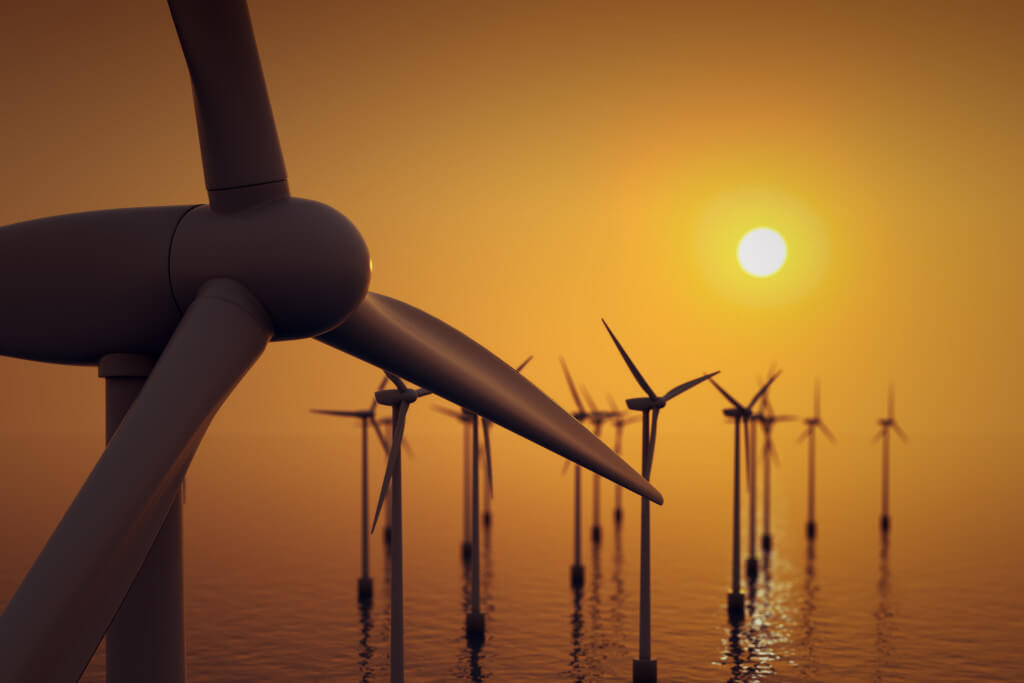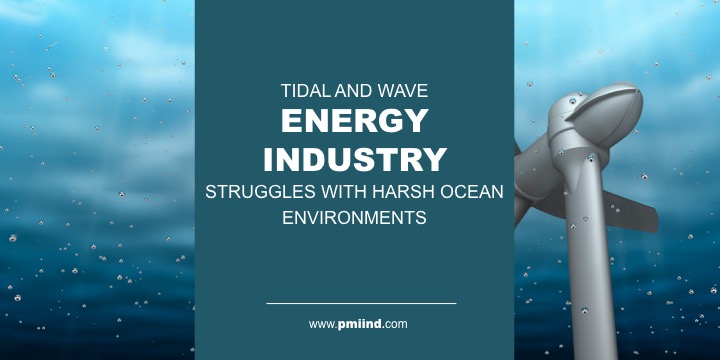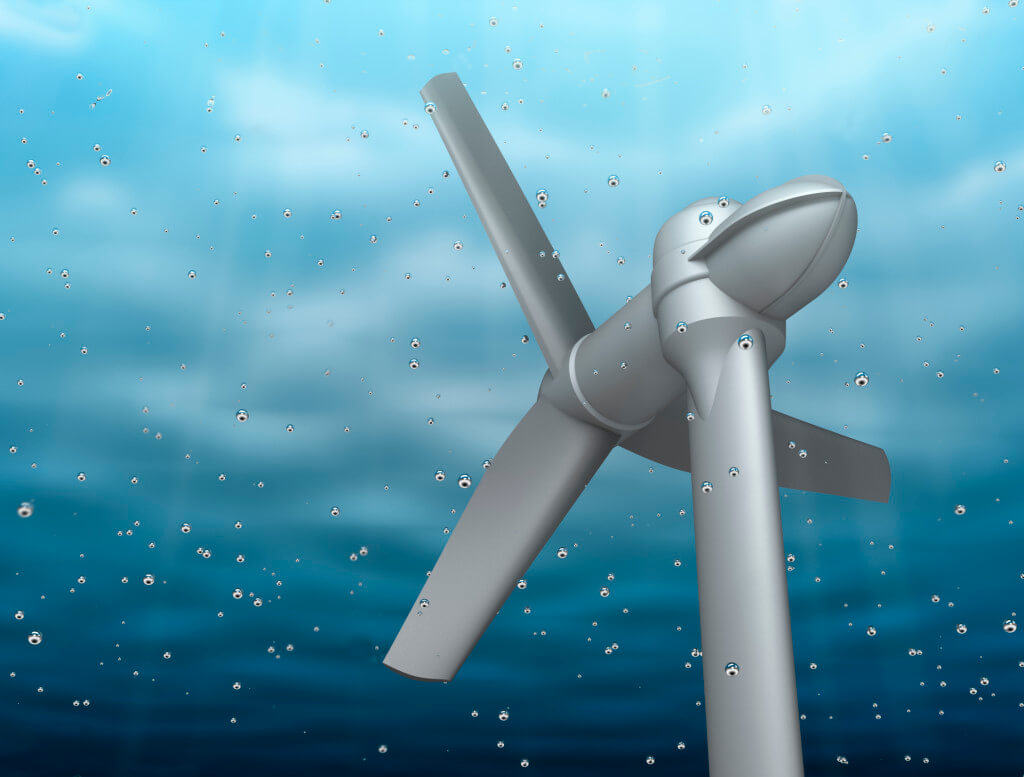Offshore wind and solar energy have been getting all the attention in the quickly growing renewable energy industry, but there’s another player that is beginning to grow strength in the energy market – ocean waves and tidal currents, or “marine energy”. There are vast amounts of energy that are produced within the moving waters of oceans and rivers, and companies working to harness this energy are quickly gaining speed.
While not nearly as large as the main competitors in renewables, marine energy has strong advocates and is quickly gaining steam in the renewable market. About 30 tidal and 45 wave energy companies are at an advanced stage of technological development. One of the biggest issues these companies are facing that has impeded forward movement in the market is the harsh ocean environments – the same thing that makes the industry work in the first place.
The intensity of sea waves is greatly unpredictable and can cause damage throughout the process. Installation of the equipment is often difficult – the areas that are best suited to harness wave and tidal energy are often very hazardous and can be difficult to navigate. As we mentioned in our article on subsea cable vulnerability, subsea cables and hardware have to withstand 14.5 psi per every 10.05 meters they are lowered into the ocean. That coupled with the harsh environment that marine energy succeeds in, makes for a harsh environment for equipment.
PMI has many years of experience engineering proven subsea hardware for companies around the globe. We are excited to be part of the quickly growing marine energy market and are ready to create custom and quality solutions that will withstand harsh and hazardous environments.
Read more about the potential of wave and tidal energy.
The outcome of your project will rely on the quality of your subsea terminations. Make sure to download our guide – 7 Questions You Should Be Asking About Your Subsea Terminations – for a through breakdown of what you should be looking for in your subsea terminations.


For decades, PMI has been extremely focused on building the best products that withstand the extreme environments of the deep ocean. But as we’ve come to work with Offshore Wind and Renewable Energy companies, we understand our product doesn’t have to be used in the deepest and harshest place on our planet, the sea. Instead, rivers in rural areas are a huge focus of the renewable energy field today. And these companies are offering solutions that serve a large portion of the population, who still have no access to electricity.
……………………………………………………………………………………………………………………
We see a great future in the power coursing through our rivers. And, of course, we will be providing cable equipment for these projects as they evolve. If you want to know more about our custom engineered cable hardware equipment, schedule to talk to our experts today.

……………………………………………………………………………………………………………………
India is facing an energy revolution. Despite broad grid coverage, electricity supply in remote areas remains unreliable. For the future, the government is setting a favorable political scenario by introducing solutions for decentralized electrification based on renewable energies, such as photovoltaic (PV), small wind, and explicitly kinetic hydropower.
Companies such as Smart Hydro Power have the advantage of realizing its systems in rural areas, without the requirement for any kind of infrastructure, suitable for running canals, rivers and streams, which inhabit a large portion of India’s typography. At the distribution part of this system, integrated load management introduces an auxiliary productive load – a water purification plant – that utilizes all excess energy and stabilizes the micro grid with variable operation. Through this feature, additional value is brought to the lifestyle of people residing in these communities. Read more…
The main ambition behind the development of the Smart Hydro Power turbine was cost efficiency. Selected materials had to be robust and yet affordable which resulted in a majority of HDPE, aluminum and stainless steel components. The turbine consists of a three bladed rotor, a 5 kW generator, the floating body consisting of a three piece diffusor and two floats.
Watch how it works here: http://www.smart-hydro.de/en/product/turbine.html




